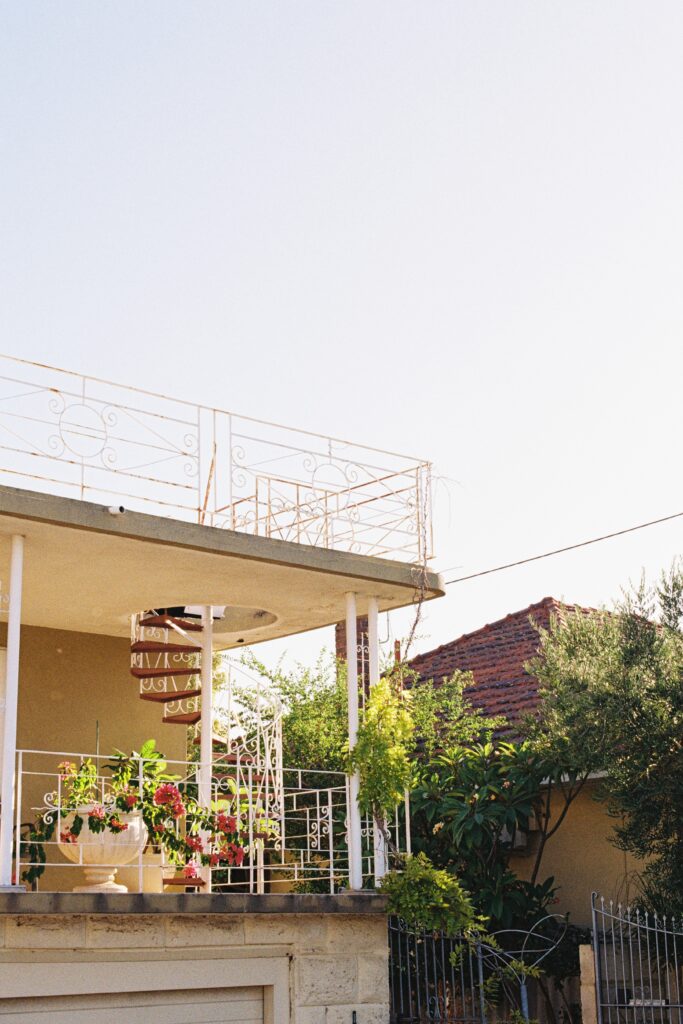


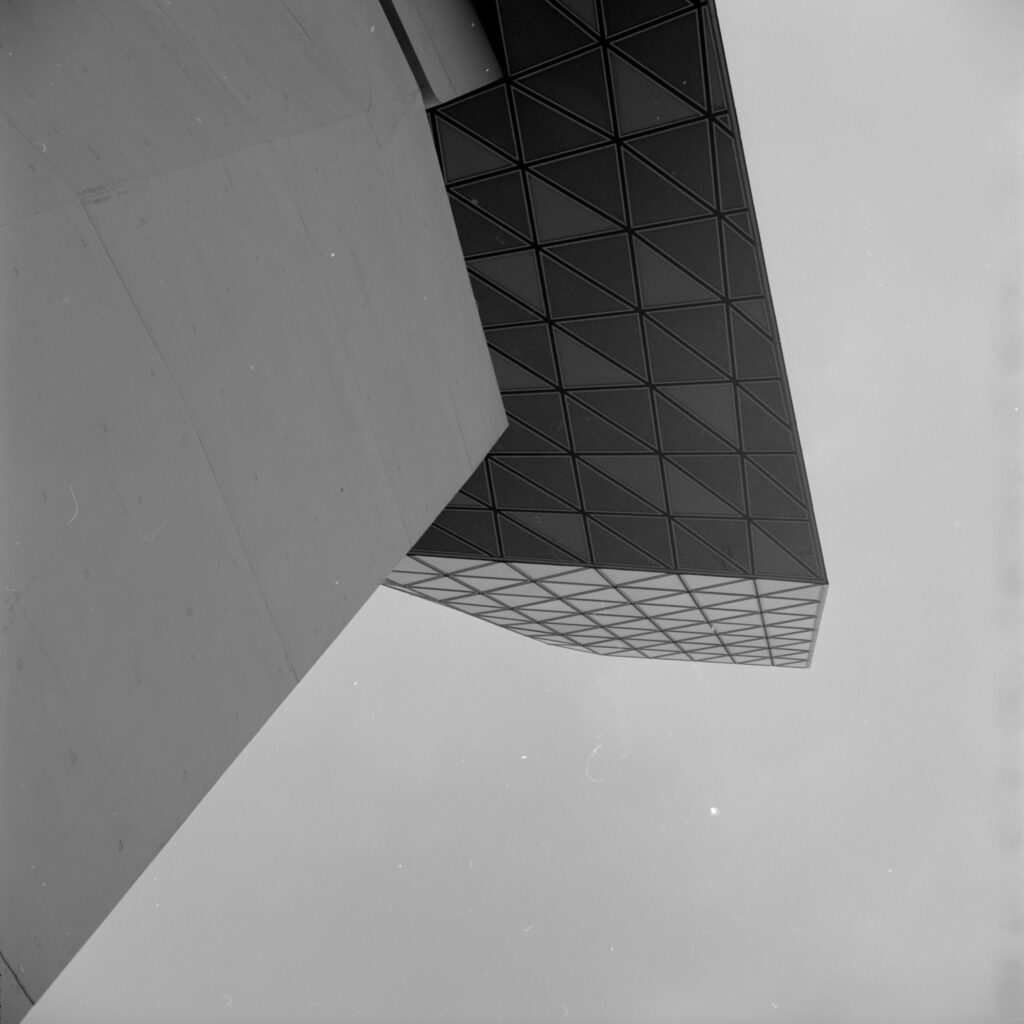
27 February, 2025
TLR Challenge: 6 – Antwerp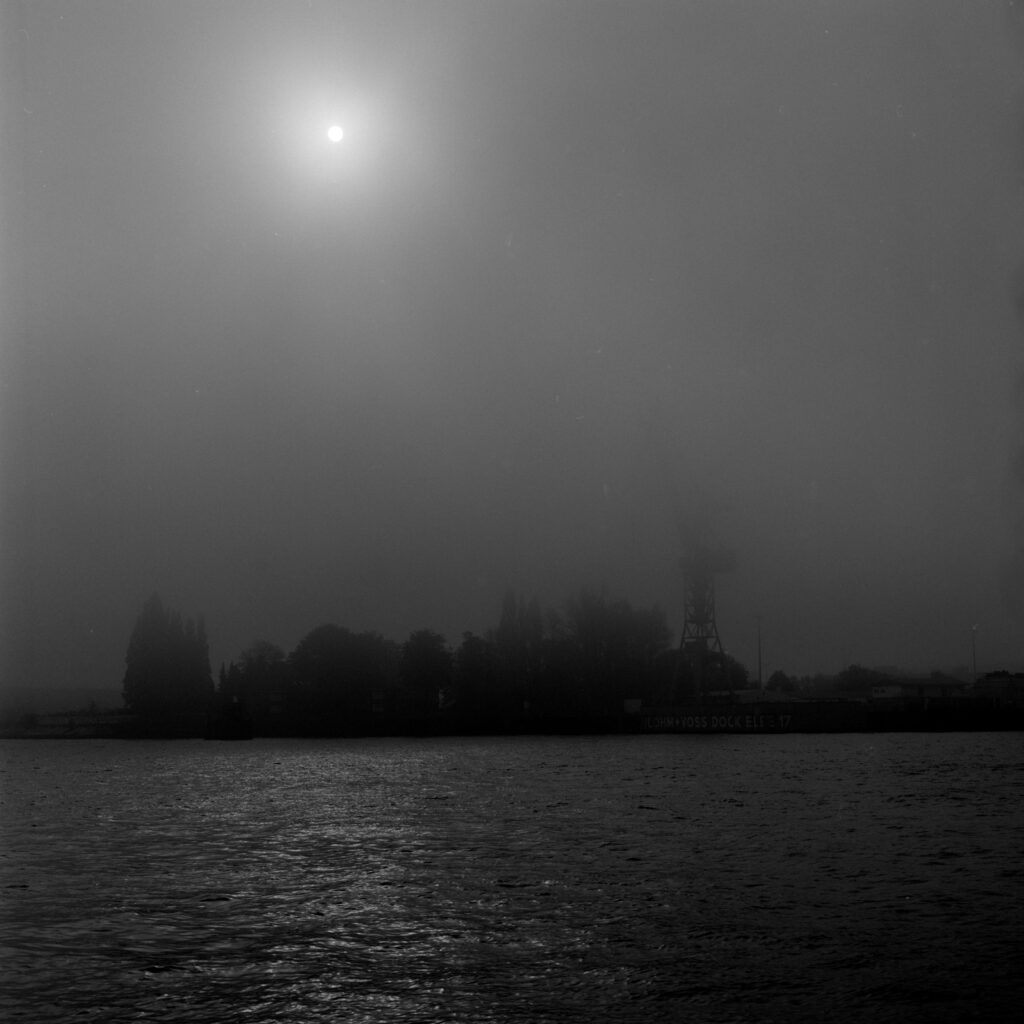
13 February, 2025
TLR Challenge: 5 – Hamburg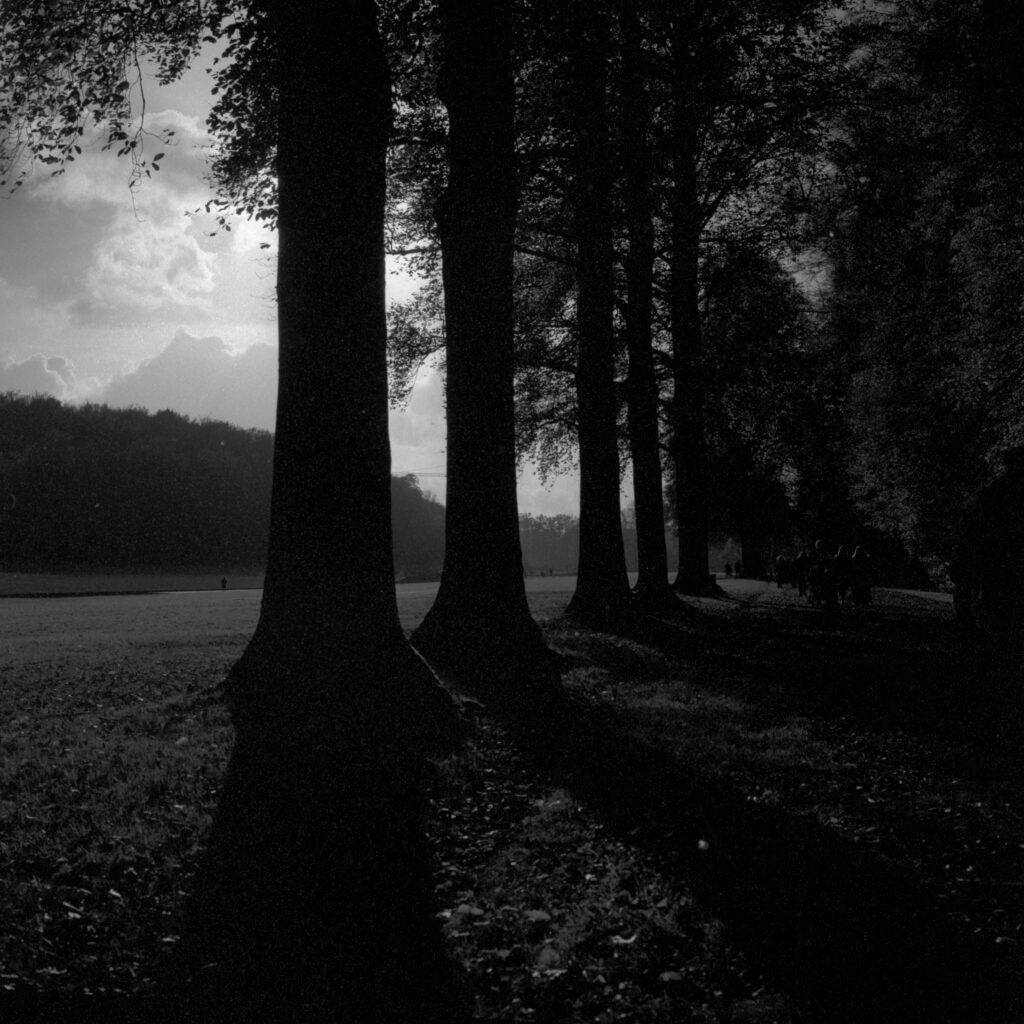
30 January, 2025
TLR Challenge: 4 – Brussels
24 November, 2024
Converting Colour and B&W Film Negs – an Evolution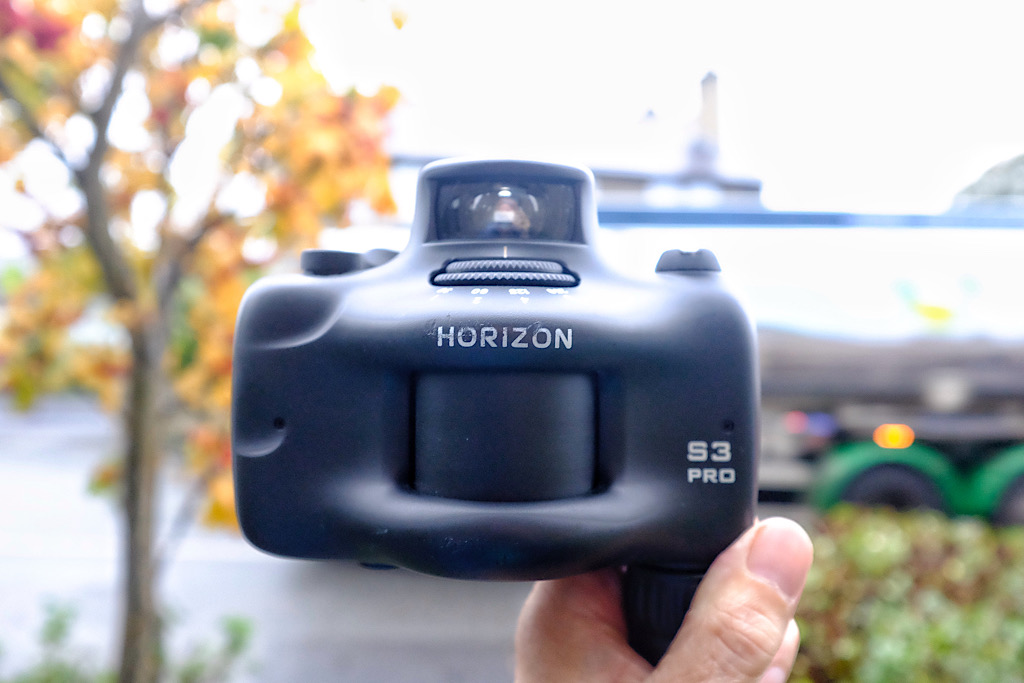
21 November, 2024
The Wider View – learning to create panoramic images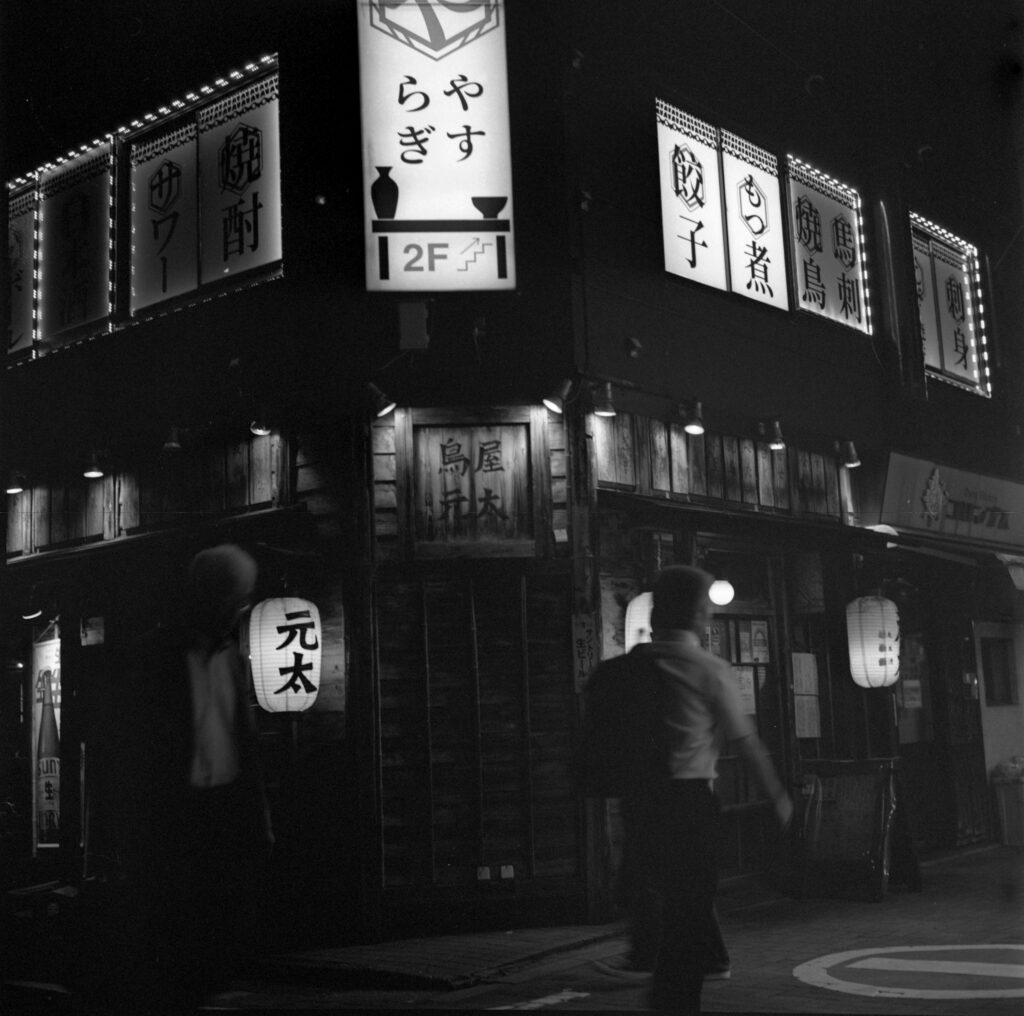
4 November, 2024
TLR Challenge: 3 – Night Shots
28 October, 2024
TLR Challenge: 2 – The Spirit in the Sky (A One Shot Story)
Photography & Projects
Looking for some inspiration, or just want to flick through the project work and photos?

Reviews & Experiences
If you're looking for photography equipment and peripheral reviews, this is the place to start!

Theory & Reflections
If you're looking for photography equipment and peripheral reviews, this is the place to start!

Tutorials & Knowhow
If you want to learn or discover a new technique, build on your skills, or be inspired to have a go at a bit of DIY or camera modification, then you’re in the right place.